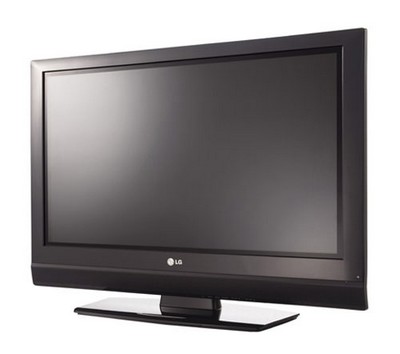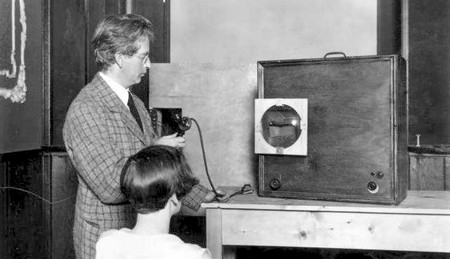2
2009
Who Invented the Television
The invention of the television often generates very heated discussion even amongst friends as to who actually invented the TV. Unfortunately several people were all working on television independently of each other, and a variety of different technologies were tested, all of which contributed to the actual design of the first commercial televisions.
Alexander Graham Bell, the inventor of the telephone actually demonstrated sending images over a telegraph wire in 1880, but this has never been considered a precursor to television, but could be considered the first example of videophones, a technology that is today used mostly in security video intercom systems.

Traditionally John Logie Baird from Scotland is credited with inventing television because he was the first person to broadcast a moving image that could be received in another location in 1926, though the picture Baird transmitted wasn’t actually video as we would understand it today. Baird and a colleague, Charles Jenkins, used a mechanical electrical system for transmitting a bunch of black and white silhouettes.
The following year Philo Farnsworth of the US demonstrated a different concept for television broadcast using a completely electronic camera to capture motion compared to the mechanical system developed by Baird. In 1922 Farnsworth first discovered that a cathode ray tube could be used for displaying a picture, and using a similar principle he invented a camera called an image dissector that was fully electronic. Unfortunately his camera couldn’t be demonstrated until 1927, and wasn’t very efficient at detecting light and very hot bright lights were needed to illuminate the object or person being filmed.
Farnsworth’s experiments never led to successfully patenting his invention, and resulted in a major lawsuit with RCA who had employed a Hungarian scientist named Kálmán Tihanyi to develop their own television system. Tihanyi had first started thinking about television broadcasting in 1917, but it wasn’t until 1924 that he finally began his experiments, and 1926 when he applied for his first patent. Tihanyi was a pioneer who some believe should be rightfully considered the father of television.

Despite Tihanyi’s early patent for an electronic television system, Farnsworth successfully defended his rights when a former high school teacher testified that Farnsworth had drawn a diagram of how he intended to create an electronic television system when he was just 14, at least 4 years before Tihanyi’s first experiments.
Ironically, a Japanese inventor, Kenjiro Takayanagi, experimented with electronic television and successfully demonstrated a working system before both Farnsworth and Tihanyi, but isn’t considered the father of television since he only started his research after reading about John Logie Baird’s experiment.

 An article by
An article by 




